What Is Focal Length In A Telescope?
Understanding Focal Length in Telescopes: A Comprehensive Guide
When it comes to telescopes, one of the most critical specifications that often comes up is the focal length. Whether you're a novice stargazer or an experienced astronomer, understanding focal length is essential for making informed decisions about your equipment and maximizing your observational experience. In this article, we will delve into what focal length is, why it matters, and how it affects your telescope's performance.
What is Focal Length?

Focal length is the distance between the telescope's primary lens or mirror and the point where the light rays converge to form a sharp image, known as the focal point. It is usually measured in millimeters (mm). For example, a telescope with a focal length of 1000mm means that the light rays converge 1000mm away from the primary lens or mirror.
Why Focal Length Matters
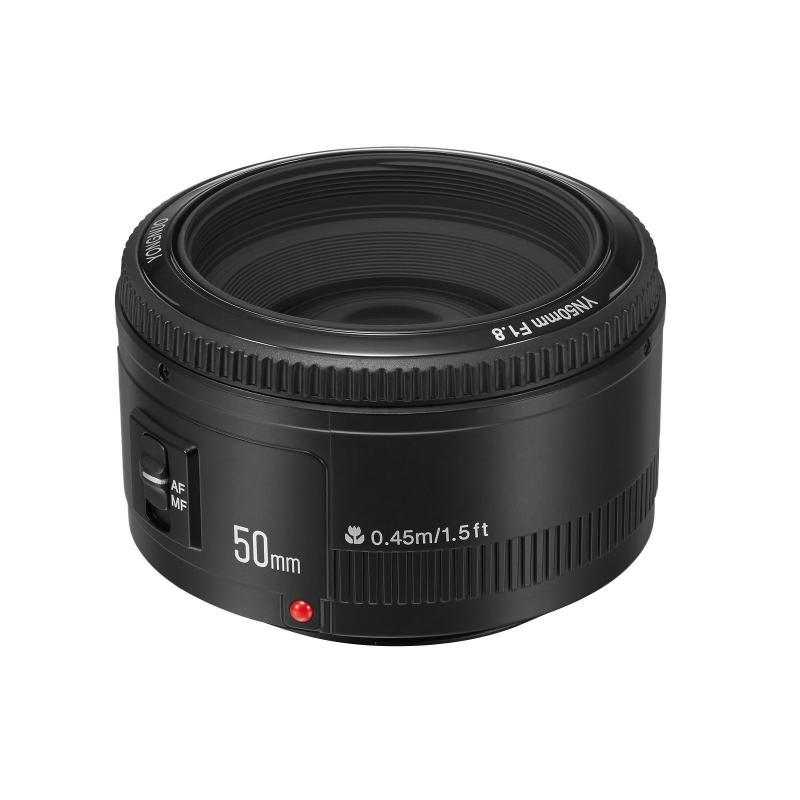
The focal length of a telescope is a fundamental parameter that influences several aspects of its performance, including magnification, field of view, and image brightness. Understanding these relationships can help you choose the right telescope for your needs and make the most out of your stargazing sessions.
Magnification
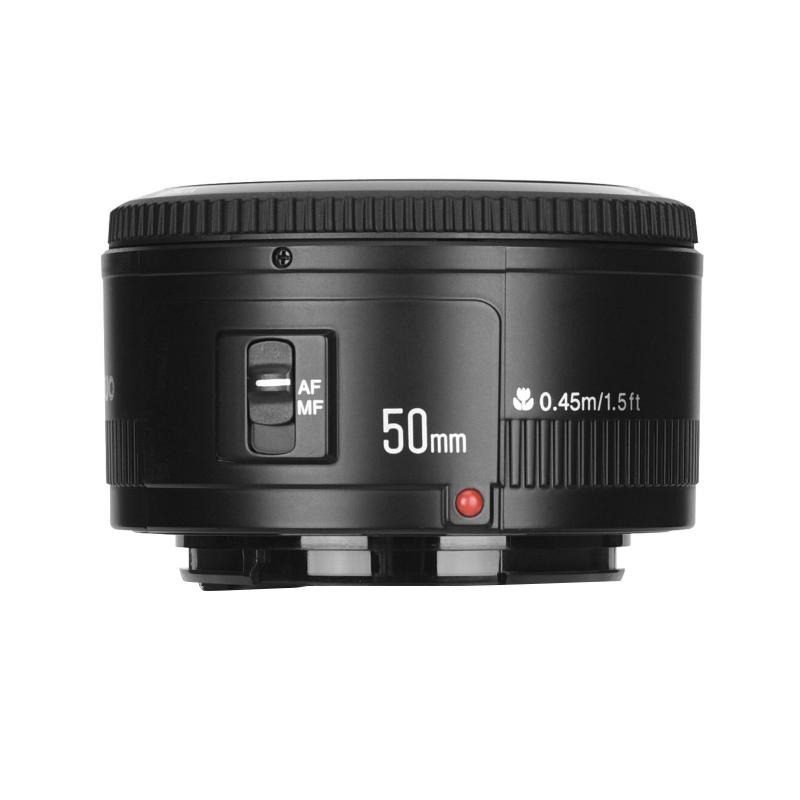
One of the most direct impacts of focal length is on magnification. The magnification of a telescope is determined by dividing the focal length of the telescope by the focal length of the eyepiece. For instance, if you have a telescope with a focal length of 1000mm and an eyepiece with a focal length of 10mm, the magnification would be 100x (1000mm / 10mm = 100x).
Higher magnification allows you to see more detail in celestial objects, but it also narrows the field of view and can make the image dimmer. Therefore, a balance must be struck depending on what you wish to observe.
Field of View
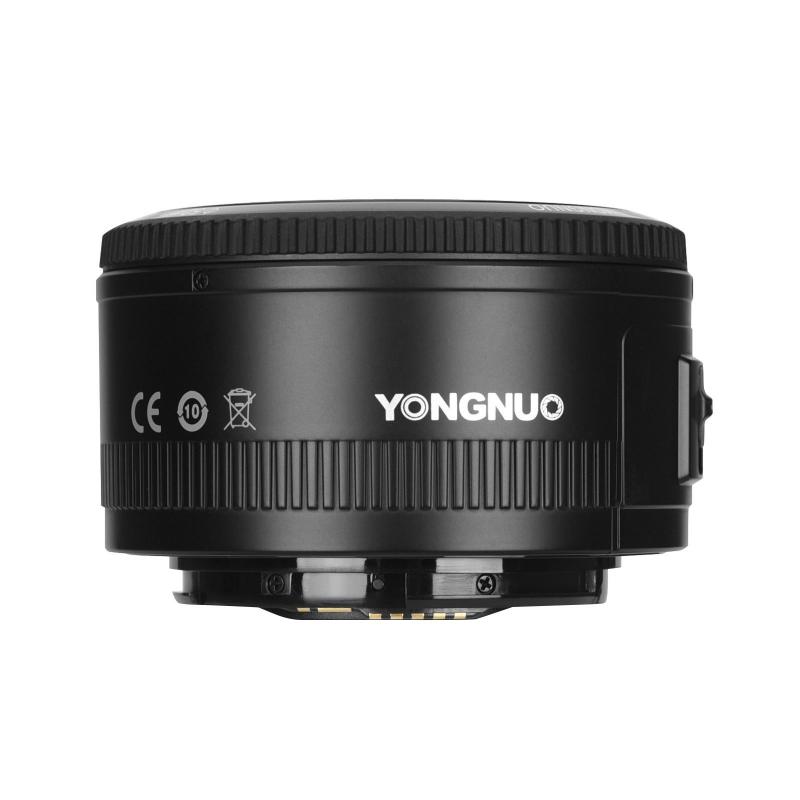
The field of view (FOV) is the extent of the observable sky that you can see through the telescope at any given time. A longer focal length results in a narrower field of view, while a shorter focal length provides a wider field of view. For example, a telescope with a focal length of 2000mm will have a narrower field of view compared to one with a focal length of 500mm.
A wider field of view is beneficial for observing large celestial objects like galaxies and nebulae, or for scanning the sky. Conversely, a narrower field of view is better suited for detailed observations of smaller objects like planets and the moon.
Image Brightness
The focal length also affects the brightness of the image. A longer focal length generally results in a dimmer image because the light is spread over a larger area. This is particularly important when observing faint objects like distant galaxies or nebulae. Telescopes with shorter focal lengths tend to produce brighter images, making them more suitable for observing faint objects.
Types of Telescopes and Their Focal Lengths
Different types of telescopes have varying focal lengths, each suited for specific kinds of observations.
Refractor Telescopes
Refractor telescopes use lenses to gather and focus light. They typically have longer focal lengths, making them excellent for high-magnification observations of planets and the moon. However, their longer focal lengths also mean they have narrower fields of view.
Reflector Telescopes
Reflector telescopes use mirrors instead of lenses. They often have shorter focal lengths compared to refractors, providing a wider field of view. This makes them ideal for observing deep-sky objects like galaxies and nebulae.
Compound Telescopes
Compound telescopes, such as Schmidt-Cassegrain and Maksutov-Cassegrain designs, combine lenses and mirrors to offer a compact design with longer focal lengths. These telescopes provide a good balance between magnification and field of view, making them versatile for various types of observations.
Choosing the Right Focal Length
Selecting the right focal length depends on what you intend to observe and your level of experience. Here are some guidelines to help you make an informed decision:
For Beginners
If you're new to astronomy, a telescope with a shorter focal length (around 500mm to 800mm) is generally easier to use. These telescopes offer a wider field of view, making it easier to locate and track celestial objects. They are also more forgiving when it comes to alignment and focusing.
For Planetary Observations
For detailed observations of planets, the moon, and other small celestial objects, a telescope with a longer focal length (1000mm or more) is preferable. The higher magnification will allow you to see more detail, although you may need to invest in a sturdy mount to keep the telescope stable.
For Deep-Sky Observations
If your primary interest lies in observing deep-sky objects like galaxies, nebulae, and star clusters, a telescope with a shorter focal length (under 1000mm) is ideal. The wider field of view will help you capture more of the sky, making it easier to locate and observe these faint objects.
Practical Tips for Using Focal Length
Understanding focal length is just the first step. Here are some practical tips to help you make the most of your telescope's focal length:
Use Appropriate Eyepieces
Different eyepieces can dramatically change the magnification and field of view. Having a range of eyepieces with varying focal lengths allows you to adapt to different observing conditions and targets.
Consider Focal Reducers
Focal reducers are accessories that shorten the effective focal length of your telescope, providing a wider field of view and brighter images. They are particularly useful for astrophotography and observing large celestial objects.
Balance Magnification and Field of View
While high magnification can be tempting, it's essential to balance it with the field of view. Too much magnification can make it challenging to locate and track objects, especially if you're using a manual mount.
Focal length is a crucial aspect of telescope performance that affects magnification, field of view, and image brightness. By understanding how focal length works and how it influences your observations, you can make more informed decisions about your equipment and enhance your stargazing experience. Whether you're a beginner or an experienced astronomer, knowing the ins and outs of focal length will help you get the most out of your telescope and enjoy the wonders of the night sky.


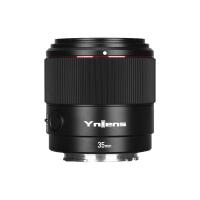
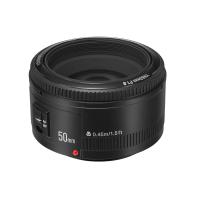
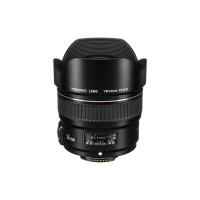
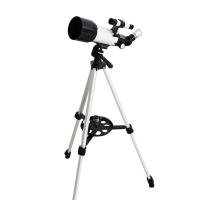


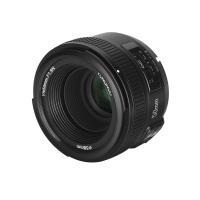

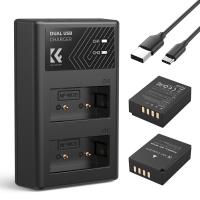




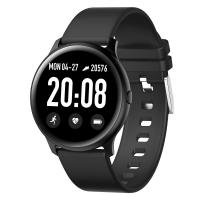
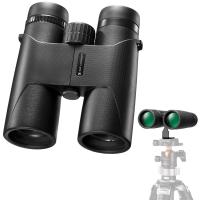

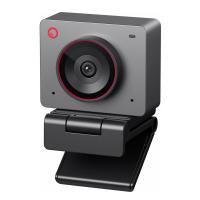
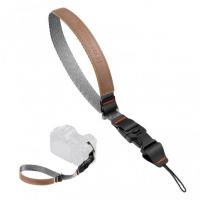
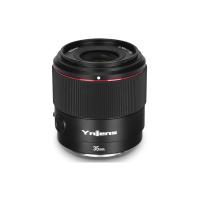
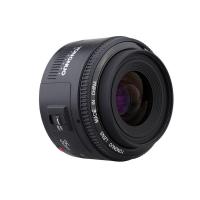
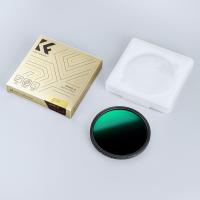
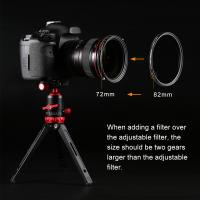

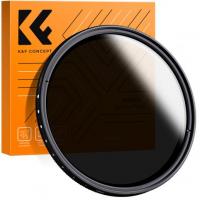

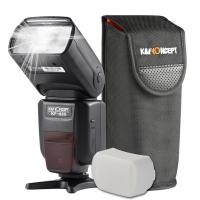



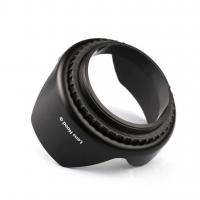
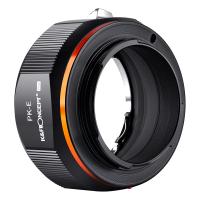

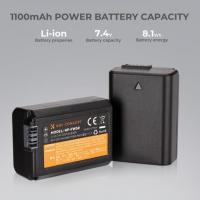
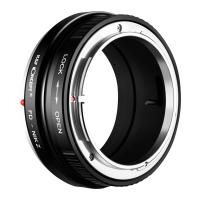

There are no comments for this blog.